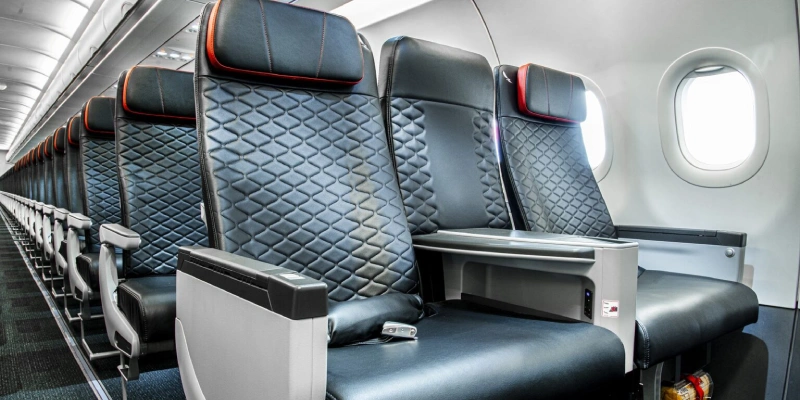Adolfo Suárez Madrid-Barajas has become the first major airport in the world to operate all its boarding bridges using remote control technology. The announcement was made by Javier Marín, Executive Vice President of Aena, during the opening of the 2025 Passenger Terminal Expo & Conference, held in Madrid from April 8 to 10.
Remote Control: Innovation Driving Efficiency
This milestone, driven by Aena and developed by TK Airport Solutions, marks a leap forward in the digitalization of airport operations. The remote-control system was implemented progressively, from equipment installation to commissioning, a process completed between June 2024 and February 2025 with the support of airlines and ground handling companies.
With a total of 129 boarding bridges, the airport has transitioned from manual on-ground operations to managing them from three strategically located control centers in Terminals T1, T2, T3, T4, and T4S. Each center oversees its respective terminal, although the 17 distributed control stations allow any bridge to be operated from any station, ensuring operational continuity in case of incidents.
Approved by EASA with Contingency Protocols
The remote-control system has been validated by the European Union Aviation Safety Agency (EASA) and is backed by contingency procedures. This innovation reinforces Aena’s commitment to operational safety, traceability, and the technological modernization of its infrastructure.
Tangible Benefits: Improved Punctuality, Reduced Movement
The automation of boarding bridges is not just a technological milestone; it also brings real improvements to daily operations. Remote control enhances flexibility and efficiency, reducing staff movement, speeding up aircraft docking and undocking, and improving airline punctuality.
Additionally, each boarding bridge is equipped with up to seven video cameras, providing operators with a comprehensive and detailed view of every maneuver. This raises safety standards and enables more precise control of each operation.
International Interest in the Spanish Model
Since the implementation of this technology, over fifteen international airlines and airports have visited the facilities to see this operational model firsthand. Madrid-Barajas is now positioned as a global benchmark in airport automation, showcasing a technology that has already proven its effectiveness.
Aena’s Commitment to Sustainable Innovation
During his speech, Marín also emphasized that this advancement is part of a broader strategy. Aena plans to execute the largest airport investment program in Europe and the world in the coming years. This plan will benefit key airports in Spain, such as Madrid, Barcelona, Alicante, Tenerife, and Malaga.
However, he cautioned that any future expansion must be accompanied by a strong commitment to sustainability. “No airport expansion, traffic growth, or even the implementation of new commercial ideas will be possible without a clear focus on sustainability,” he stressed.
Related Topics
LATAM Airlines Presents Its New Brand Promise: “Welcome to Going Higher”
Avianca Expands Its Premium Flight Experience on Domestic Routes
Copa Airlines Extends Flight Suspension to Venezuela Until December 18
Satena Temporarily Suspends Flights to Venezuela

Un apasionado por la aviación, Fundador y CEO de Aviación al Día.




